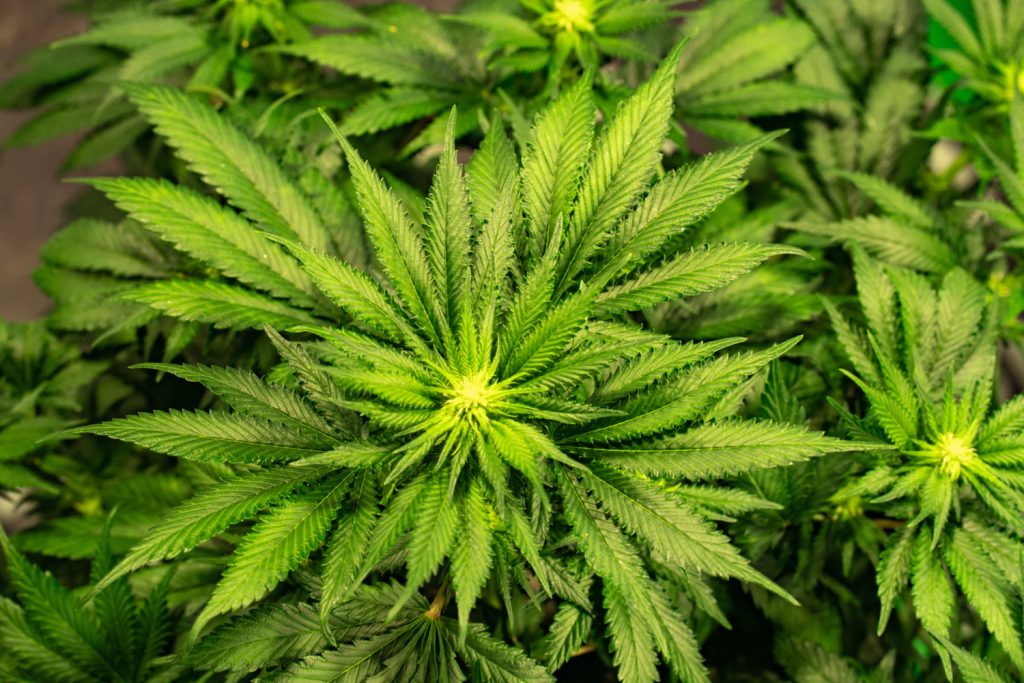
Cannabis is a psychoactive plant that has many ways to be consumed. Its effects can be instantaneous when smoked or vaporized, but edibles and tinctures take longer to reach the brain.
The FDA has approved drugs derived from cannabis to treat nausea from chemotherapy and loss of appetite in HIV patients. Research is ongoing.
Topicals
Topicals are a growing category of cannabis-infused products that’re applied directly to the skin. These include ointments, creams, salves, balms, and bath products. They’re used to treat a variety of symptoms and conditions including pain, inflammation, anxiety, and skin conditions. Cannabis topicals, which also include CBD ointments and creams, work by binding to CB1 and CB2 receptors in the body’s endocannabinoid system. They also offer localized relief. They’re perfect for easing inflamed muscles after intense exercise and for lovers who want to heighten intimacy.
Most people use cannabis topicals to manage the pain and swelling of arthritis. It works by blocking pain signals from the brain. It also has anti-inflammatory properties that ease the pain of fibromyalgia. Other conditions cannabis topicals treat are muscle cramps, rashes, and some types of skin conditions like psoriasis.
However, it’s important to note that cannabis topicals do not enter the bloodstream and therefore cannot cause a high. They do, however, bind to the cannabinoid receptors in the skin and provide fast-acting localized relief. Different ointments and lotions have different effects because they contain various levels of THC, CBD, and other terpenes. For best results, read the labels and choose a product that has the right potency for your needs. The stronger the product, the more powerful its effect.
Tinctures
Tinctures are liquid medicines that are absorbed quickly into the bloodstream via the mouth. Typically packaged in dropper bottles, they offer precise dosing and a wide variety of cannabinoid ratios. Tinctures don’t emit smoke or vapor and are discrete, making them ideal for discreet use in public places. Tinctures are also easy to dose: just a few drops under the tongue delivers quick, noticeable effects in 15-30 minutes.
A tincture is made by soaking cannabis flowers, leaf trim, kief, hash or concentrates in alcohol or another solvent, such as vegetable glycerin. The soaking process pulls out the cannabinoids and terpenes, while the alcohol acts as a preservative to extend the product’s shelf life.
Once the soaking period is complete, you can strain out the plant material using a sieve or cheesecloth to remove any remaining extract from the tincture. You can then transfer the tincture into a glass dropper bottle and store it at room temperature.
Most tinctures are designed to be consumed sublingually, meaning dropped under the tongue and held there until the effect kicks in. While it’s possible to add a tincture to food or drink, doing so will slow the onset and change the experience, since it must go through your digestive tract before entering the bloodstream. For this reason, tinctures deliver fast-acting effects when used sublingually — though they take longer to kick in than smoking or edibles.
Edibles
Rather than being smoked or vaped, cannabis can also be eaten in the form of edibles. These include baked goods like brownies and cookies, gummies, chocolate bars, lozenges and infused beverages. They are often made by infusing the ingredients with THC oil or extract. Moreover, they are available in a wide variety of flavors.
Compared to smoked or vaped cannabis, it can take up to two hours for the effects of an edible to kick in. That is because the active cannabinoids in edibles have to pass through the digestive system and liver before reaching the bloodstream. People with faster metabolisms may feel the effects of edibles sooner than others.
It is important to know how much THC is in an edible before consuming it. Generally, the label will state how many milligrams are in each serving. This information is helpful to first-time consumers as it helps them avoid taking too much. It is recommended to start with a low dose of 2.5 milligrams. This can be a small amount of gummies or a few sips of a beverage.
Edibles are a popular choice for cannabis consumers because they offer a unique high that lasts longer than inhaled smoke. They can also be consumed anytime of day and are convenient for on-the-go consumption. In addition, edibles are a great alternative to smoking for people with health issues that prohibit them from inhaling smoke.
Vapes
The vape market has mushroomed for both cannabis and nicotine. In fact, according to the U.S.-based, representative Monitoring the Future survey, past-30-day vaping prevalence among high school seniors in 2019 was more than double that of 2017.
Large electronic vaporizers designed to heat weed or extracts rather than burn it through combustion have become popular for medicinal and recreational use. The devices are available in a wide variety of sizes, shapes and aesthetics, with options for different concentrations of concentrate and lifestyle preferences.
Some vaporizers allow users to customize the amount of vapor they draw on each hit, which can be useful for getting the right THC dose. For example, the IQ2 from DaVinci is a state-of-the-art device with medical grade components that allow users to input their preferred temperature and how long they want to vape for each session.
The vape market also offers a variety of liquid refills that are pre-packaged and ready to be used with the corresponding vaporizer. While these liquids can be a convenient way to obtain psychoactive effects quickly, they may also contain chemicals that could potentially damage lung cells, or be contaminated with other substances such as acetone or propylene glycol. Alternatively, home users can purchase and use decarboxylated cannabis oils in their vaporizers to avoid the potential negative health consequences of commercial liquid refills.